“Touring Superleggera has a long history of developing innovative and timeless designs,” says de Fabribeckers, “and that was plain to see with the Tigre project.” Indeed, Touring had been responsible for styling Miura’s predecessor – the 350 GT – and was invited to propose a design to clothe the mid-engined chassis that was famously revealed at the 1965 Turin Auto Show, and would ultimately underpin the Miura.
Bloodline of the bullish beauty
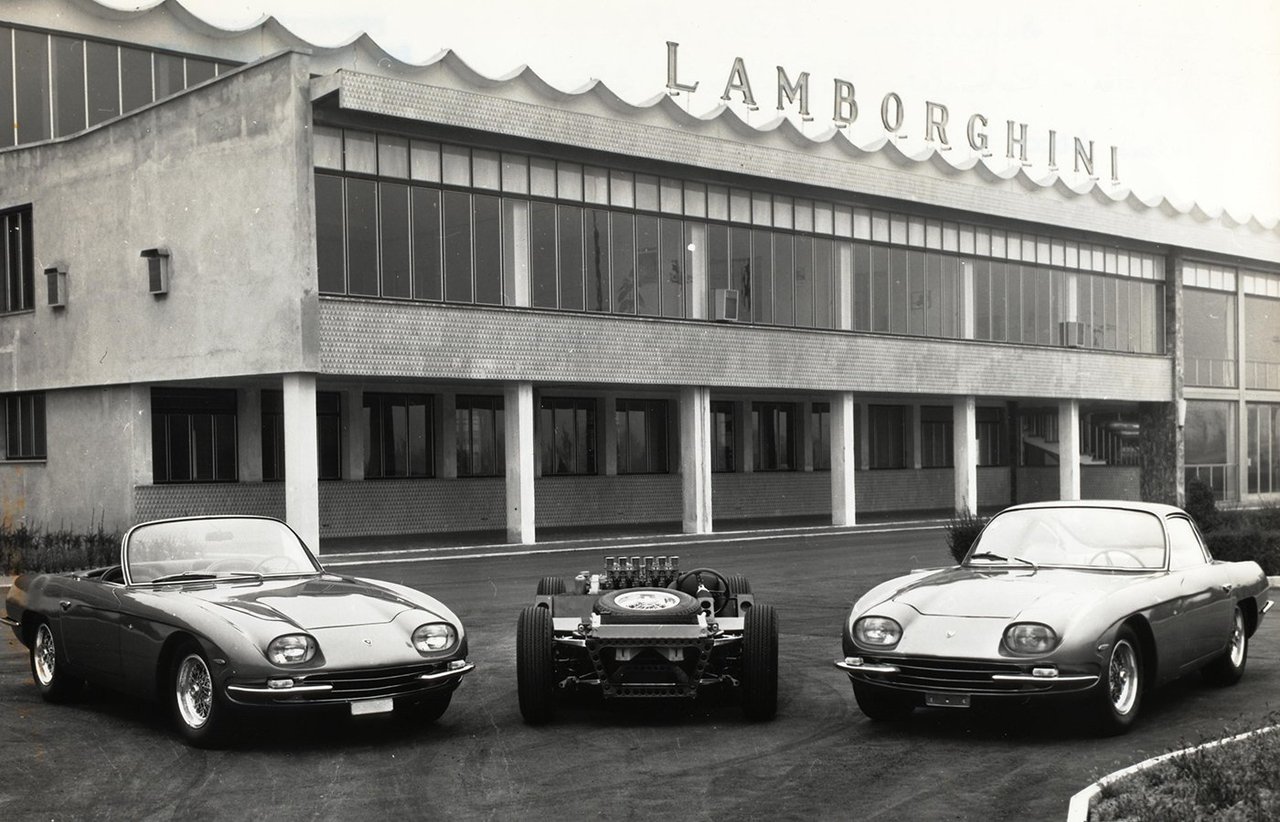
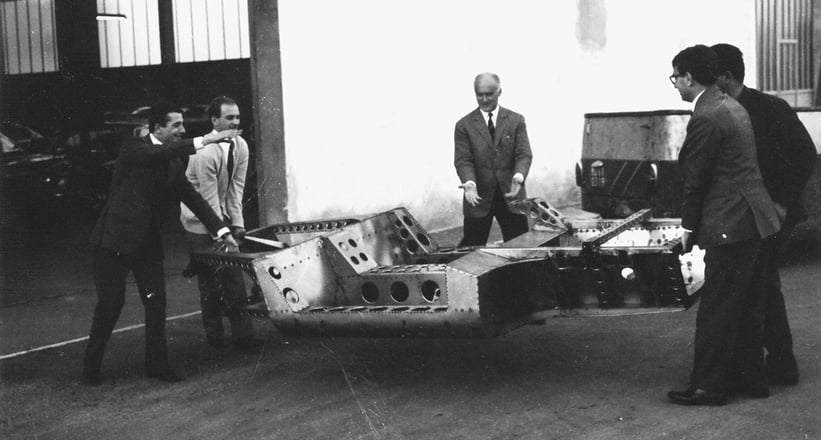
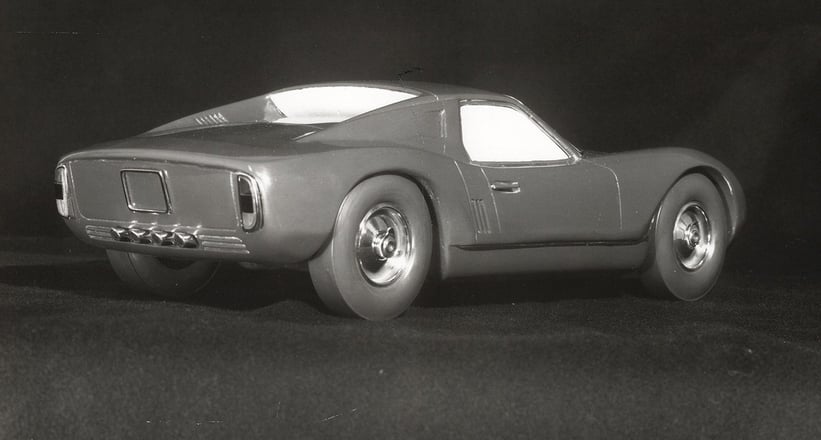
“If we make a comparison between the 350 GT and the Tigre project, we understand that the architecture of the latter has nothing to do with that of the 350 in terms of layout and engine placement,” explains de Fabribeckers. “However, despite these differences, a clear continuity is perceptible between the two projects as far as their body surfaces are concerned. For example, like the 350, the character of the front is defined by its fluid and slender shape, together with the atypical position of its headlights, which went against the trends of the time that saw the grille playing a central role to the car’s character.”
Reading the design

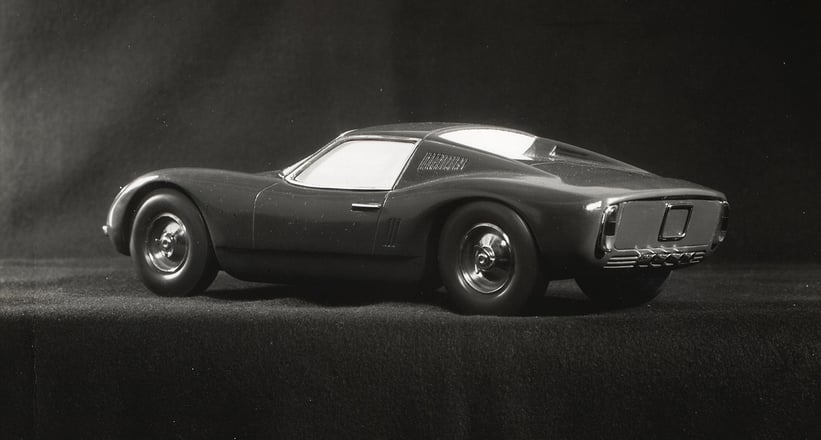
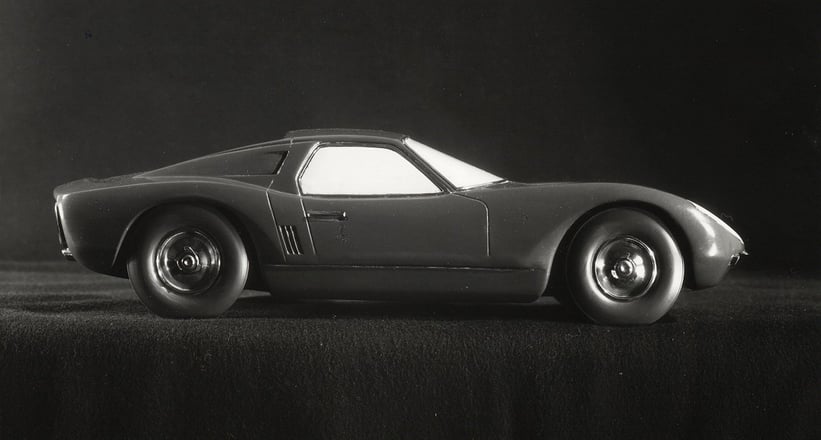
“Also like the 350, we can see the focus on the panoramic windscreen which means the greenhouse is visually drawn rearwards, allowing the cabin to ‘breathe’. Another similarity is how the front fluid volume contrasts with the ‘rigid’ rear end – that allows you to ‘read’ the car, and increases the dynamism of the design. Therefore, the Tigre project is the perfect example of Touring’s style and values. It is highly plausible that the Tigre project provided the basis for the Miura as we know it.”
Photos: Touring Superleggera and Archivio Famiglia Bianchi Anderloni









